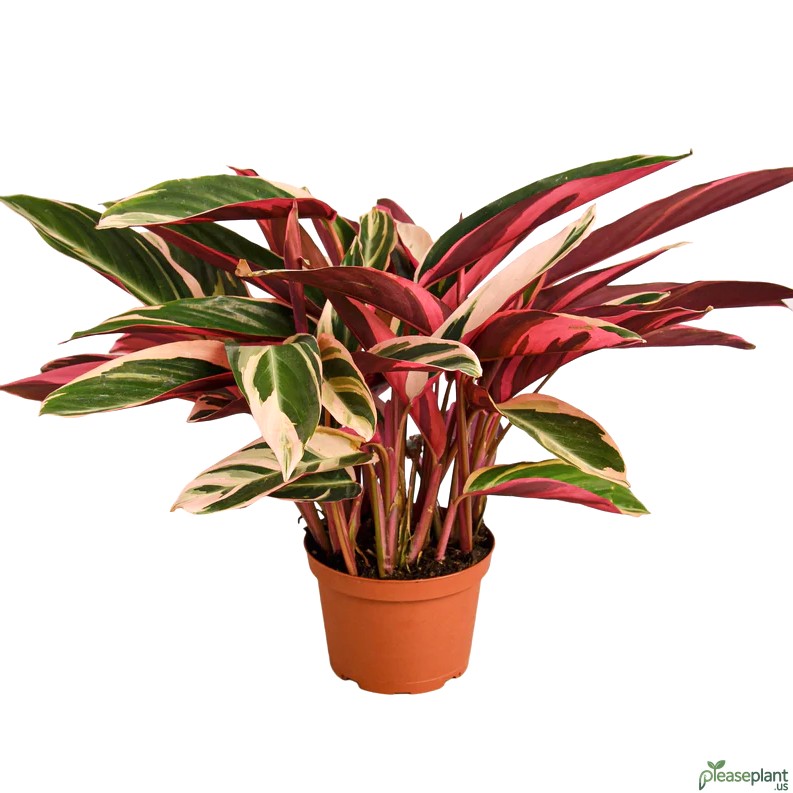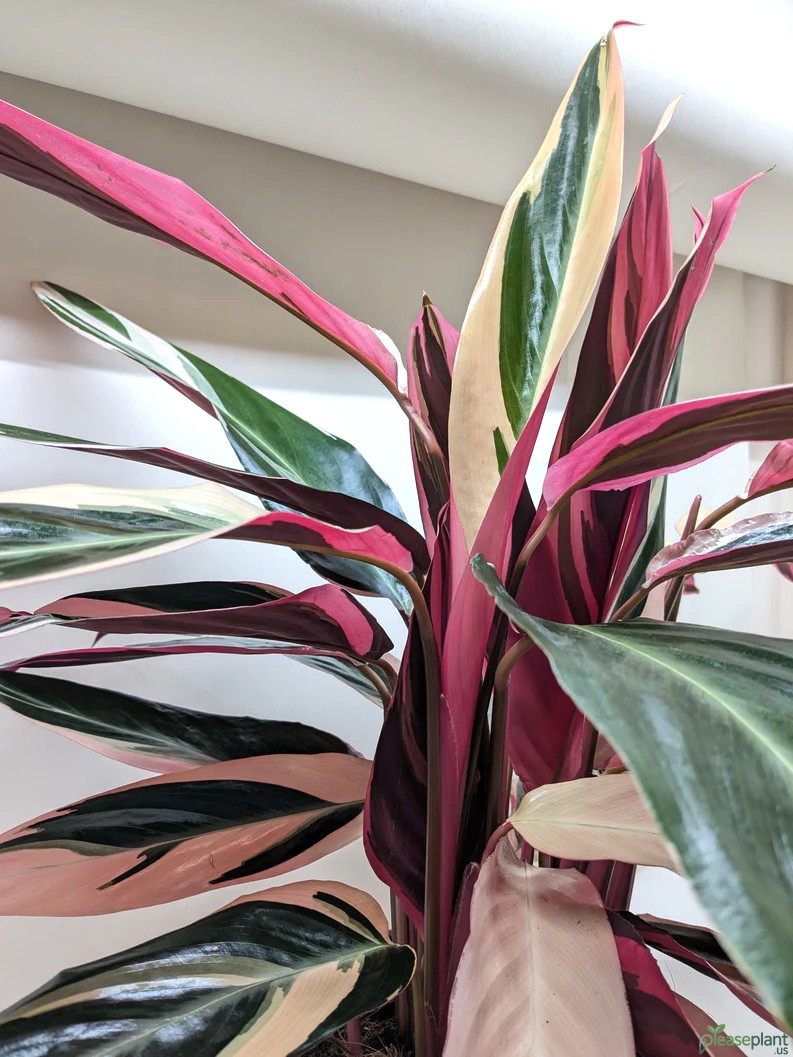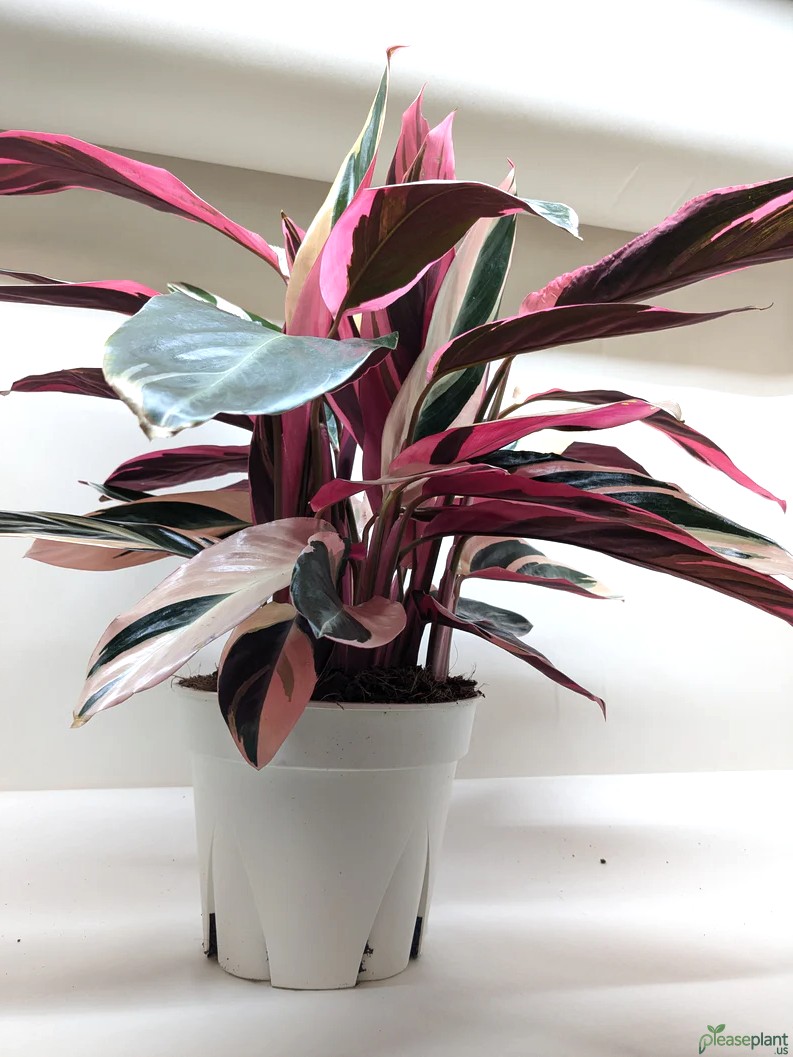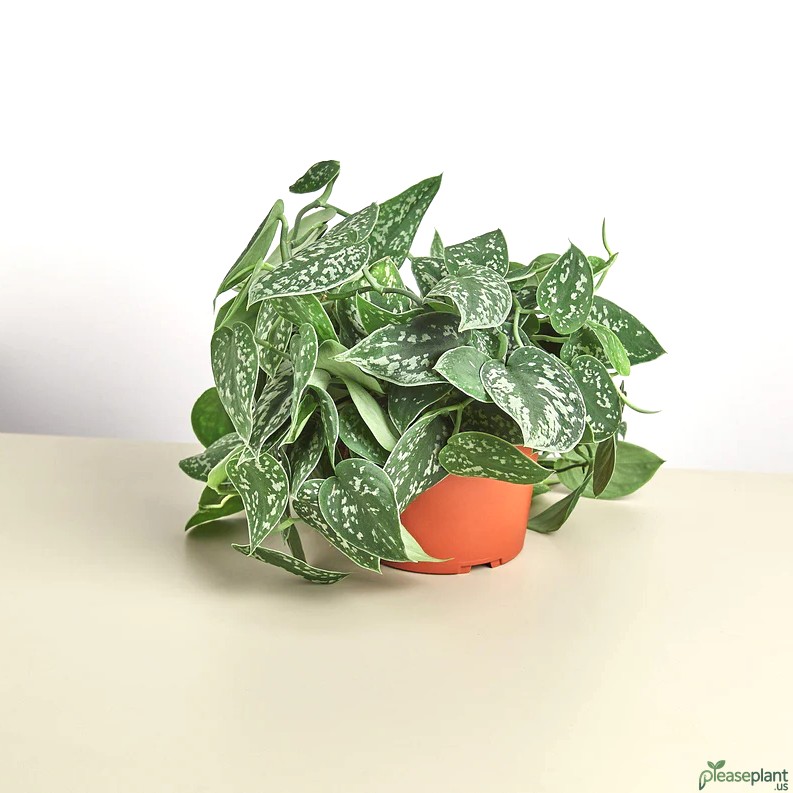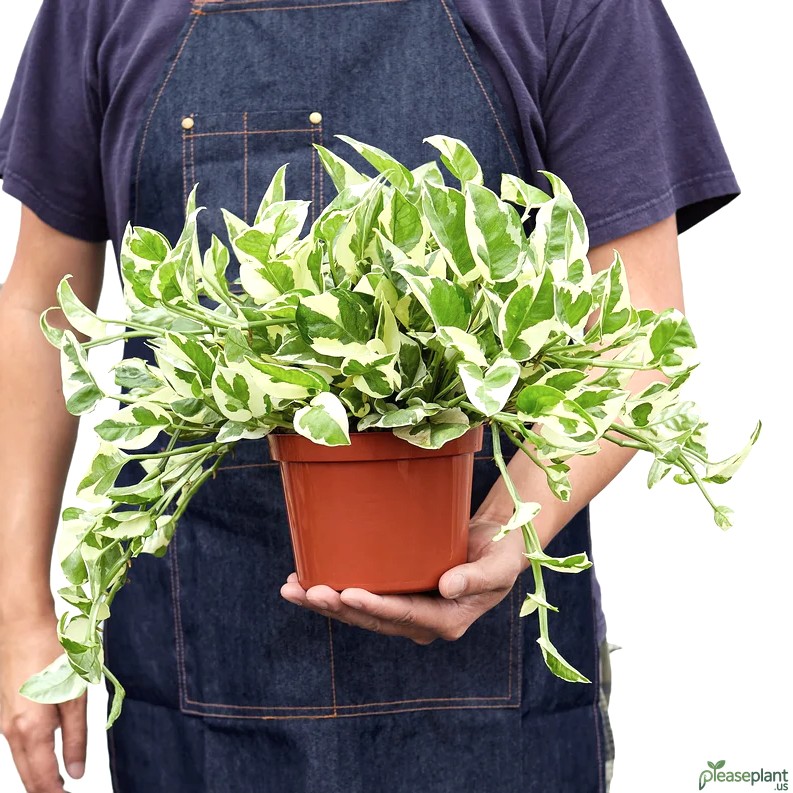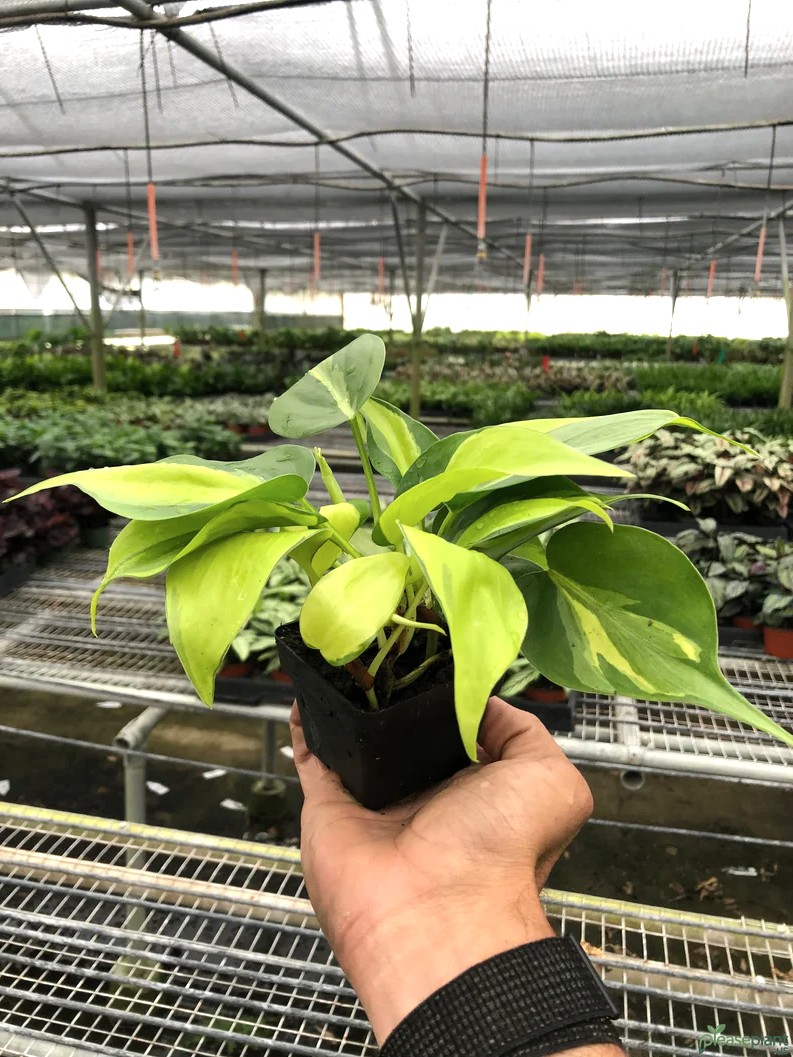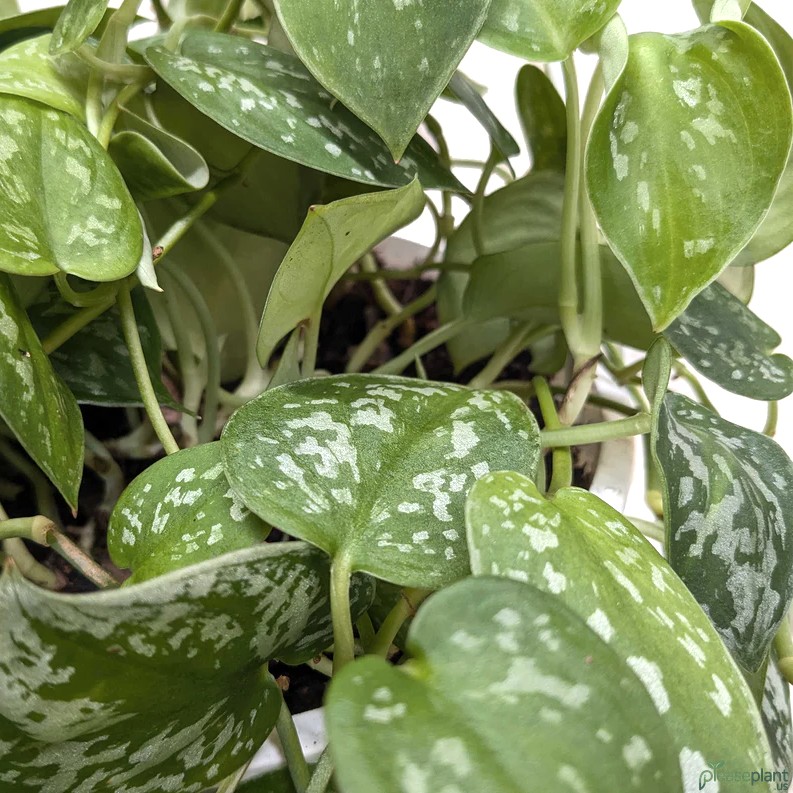Ever found yourself torn between Stromanthe Triostar and Ctenanthe Triostar? They both flaunt stunning foliage, but which is truly worth the spot in your plant collection? Plus, if you have curious pets, knowing which plant is safe is a must. Let's dive into their quirks, charm, and how to keep your furry friends out of trouble with these tropical beauties.
When Plants Steal the Show: The Tale of Two Triostars
You know, I once walked into a plant shop, saw these two beauties side by side – Stromanthe Triostar and Ctenanthe Triostar – and thought, "Are these twins separated at birth or just distant cousins?" Turns out, they're more like second cousins who went to different schools. The Stromanthe Triostar flaunts those bright pink, white, and green leaves like it’s on a catwalk, while the Ctenanthe Triostar tends to keep things a bit more muted but equally elegant. If you want a showstopper that screams "Look at me!" the Stromanthe is your gal, but if subtle charm is your vibe, Ctenanthe’s got your back.
The Care Chronicles: Which One Wins?
Both plants belong to the Marantaceae family, which means they’re a bit diva-ish about humidity and light. But here’s the kicker: the Stromanthe Triostar demands a bit more attention. It’s like that friend who needs constant reassurance. Medium to bright indirect light suits it best; direct sunlight? Forget it, those leaves will scorch faster than you can say "Oops!" Watering needs to be consistent but careful – soggy roots are a fast track to trouble. Meanwhile, the Ctenanthe Triostar is more forgiving, tolerating lower light and a bit of neglect (though I wouldn’t push your luck).
pet safety: Are These Plants Furry-Friendly?
Now, here’s where things get serious. Pets and plants, a combo that often ends in disaster. The good news is, both Stromanthe Triostar and Ctenanthe Triostar are considered non-toxic to cats and dogs. So if your mischievous tabby likes to nibble on leaves or your doggo is a plant enthusiast, you can breathe a sigh of relief. But word to the wise – even non-toxic plants can cause tummy upsets if ingested in large amounts, so always keep an eye out and discourage chomping. Plus, those leaves can be delicate, so a nibbling pet might not be the best friend for your plant’s longevity.
Bringing Them Home: Practical Tips from My Jungle
I remember my first Stromanthe – a gift from a friend who warned me it was "high maintenance." Boy, was she right! I tried placing it by a sunny window, and within days, the leaves looked like they'd been through a desert storm. Moved it to a spot with bright, filtered light, upped the humidity with a pebble tray, and voila – it perked right up. For pet owners, I recommend placing these plants on higher shelves or using decorative barriers. Trust me, a curious cat will find a way if you leave it too easy. A humidifier also works wonders, especially in dry winter months.
Final Thoughts? Nah, Just Some Food for Thought
While the Stromanthe Triostar dazzles with its vibrant colors, it’s a bit more demanding. The Ctenanthe Triostar offers a calmer vibe and a bit more patience for the forgetful. Both are safe for your pets, but remember, no plant likes to be a chew toy. So, whether you choose one or both, treat them like the tropical divas they are, and they’ll reward you with beauty and a splash of the exotic in your home jungle.

